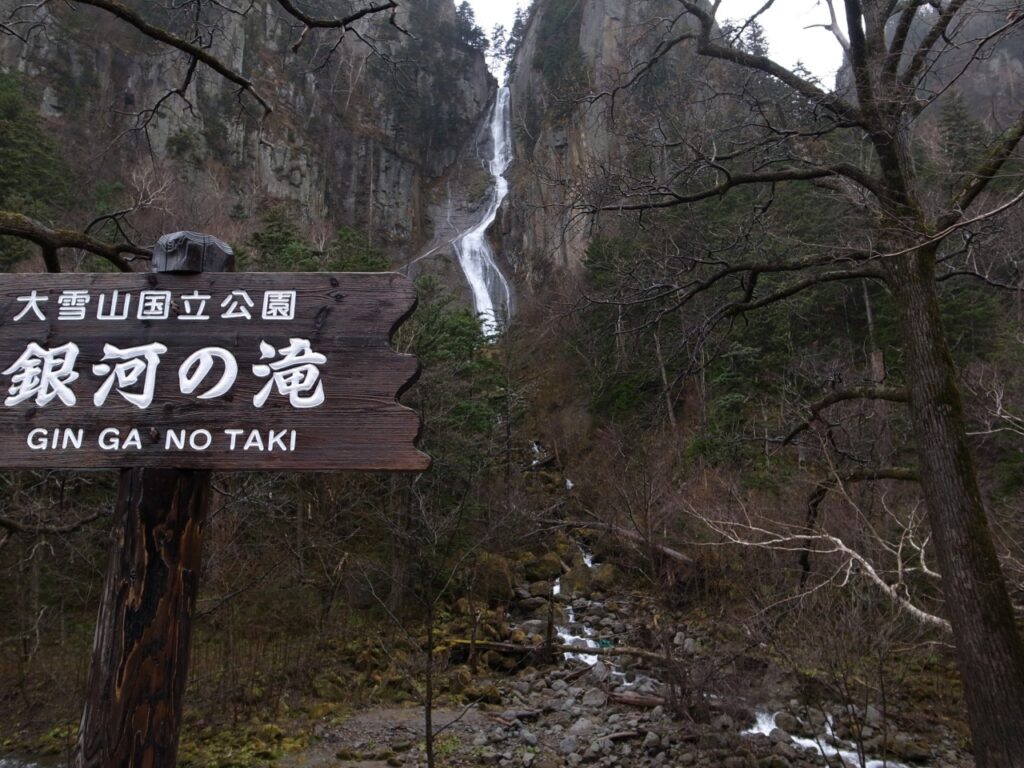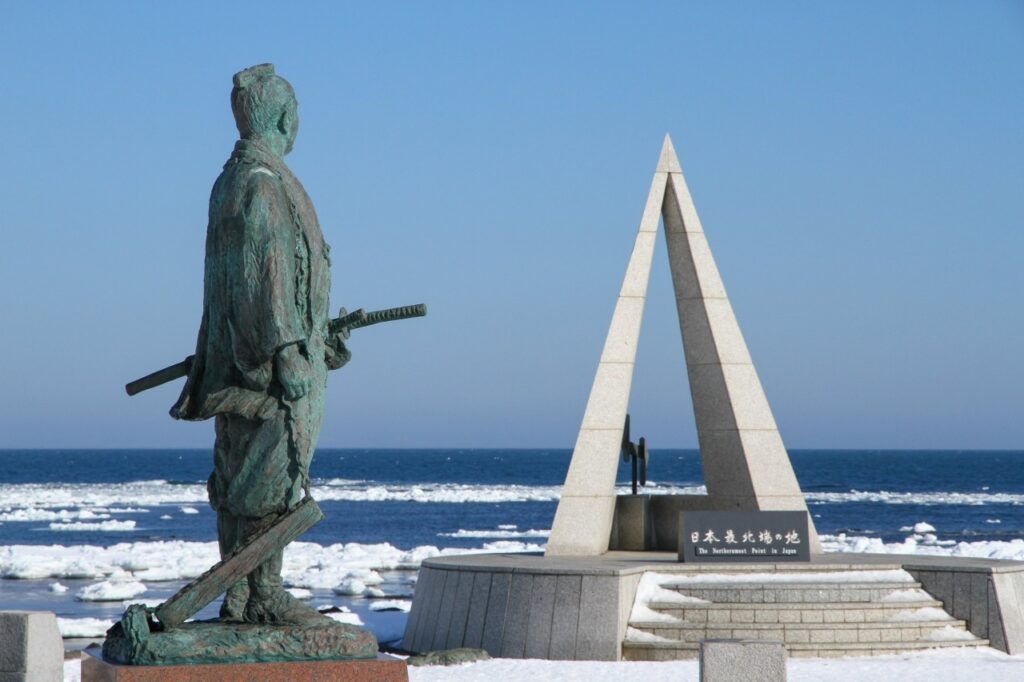North of Hokkaido
Asahikawa Zoo


The zoo has become famous for its “behavioral exhibits,” in which comfortable spaces are created according to the animals’ ecology to bring out the animals’ natural behavior and let visitors see it.
The “Pengin-kan” where the animals swim freely in an underwater tunnel, the “Seal-kan” where they go up and down in a cylindrical tank, the “Arctic Bear-kan” where you can see them boldly diving into a pool, the “Orangutan-kan” where they smoothly walk in the air on a 17-meter-high tower, and the “Hippo–kan” where you can watch them swimming in a pool from directly below, Visitors can also see the animals in various locations, such as the “Crane House,” “Forest of Ezo Deer,” and “Hokkaido Product House,” which are unique to Hokkaido zoos, where you can see the animals in their lively lives.
Blue Pond


Shirogane Aoi Ike” offers beautiful scenery that makes you feel as if you have entered another world.
Tokachi is an artificial lake formed when river water collected in a block weir placed in the Biei River during construction to prevent volcanic mudflows from Mt. The pond, with its curiously beautiful blue color, is a world-famous sightseeing spot.
The rich natural surroundings and standing dead larch trees create a fantastic atmosphere, with a different look each season. In spring, the pond turns a gentle and serene blue, in summer it contrasts refreshingly with the fresh greenery, and in autumn it is a delight with the changing colors of the leaves. In winter, the frozen pond is covered with snow, and the entire area becomes a fantastic silvery-white world.
Farm Tomita


The lavender that covers the entire field is so vivid that one can hardly help but sigh. There are many different kinds of flowers in the spacious park, allowing visitors to experience the beauty of the flowers to their heart’s content. There are also stores and cafes selling lavender goods such as potpourri and perfumes, so it is recommended to take a relaxing break while admiring the flowers. Lavender blooms from late June to mid-August, but you can also enjoy the beautiful lavender and geraniums in the greenhouse even during the non-summer season.
Meteor Falls and Galaxy Falls




These two beautiful waterfalls, selected as one of the top 100 waterfalls in Japan, are the representative scenic spots of Sounkyo Onsen. Meteor Falls” falls violently down a 90-meter drop, while “Ginga Falls” is also called “Otoko Falls” and “Onna Falls” because of the way the water falls gently like a white thread down a 120-meter drop. From the parking lot, a 20-minute walk up the slope with the falls in the background leads to the “Twin Falls Platform” observation deck. From here, you can see two waterfalls cascading down at the same time.
Cape Soya




Cape Soya is the northernmost point of the main island of Hokkaido. Located at 45 degrees, 31 minutes, and 22 seconds north latitude, it commands a distant view of the island of Sakhalin. At the tip of the cape stands the “Monument to the Northernmost Point of Japan” with the letter “N” representing north in the center, based on the motif of a ridge of the North Star. There is also a standing statue of the explorer Rinzo Mamiya, which, along with the magnificent view, attracts many tourists as a commemorative spot.
